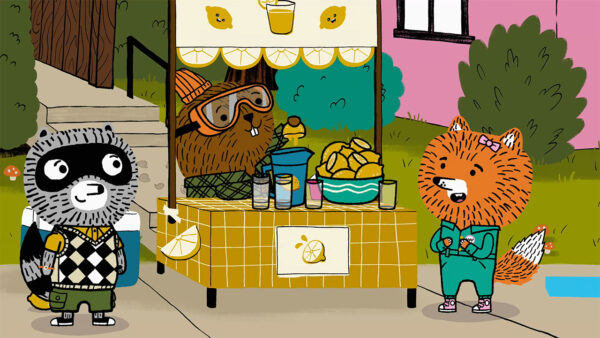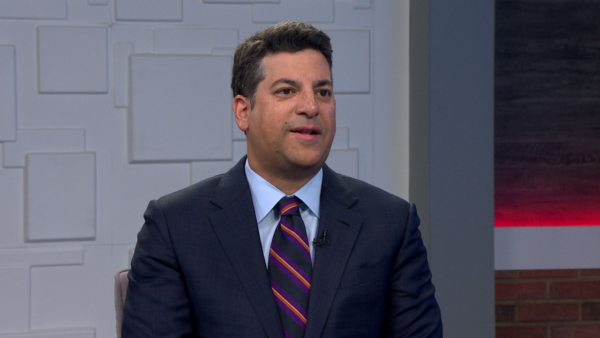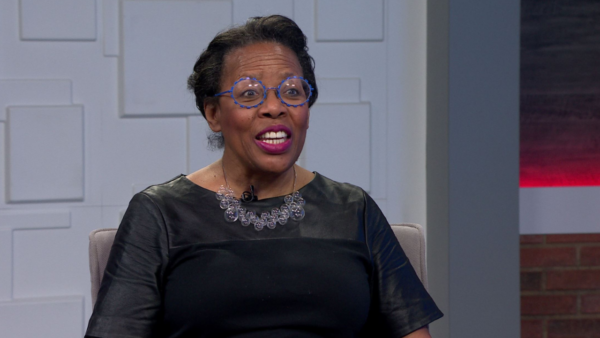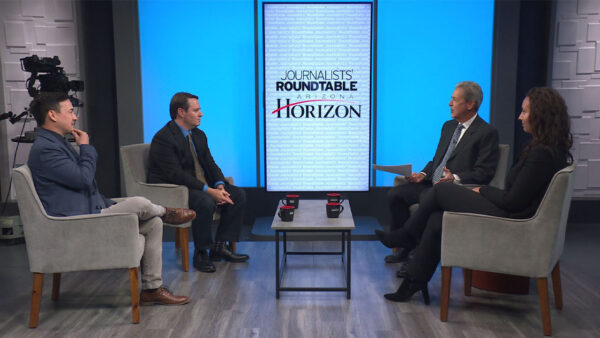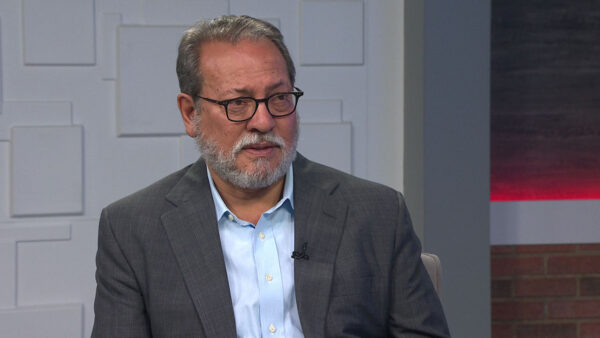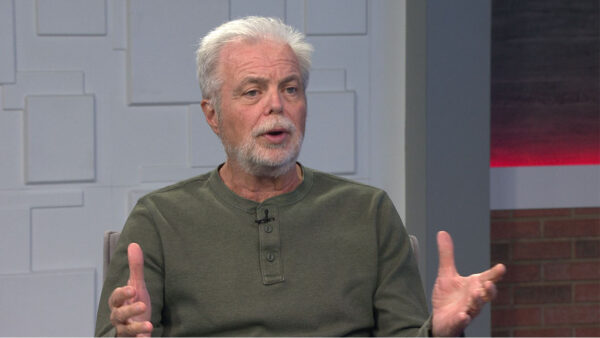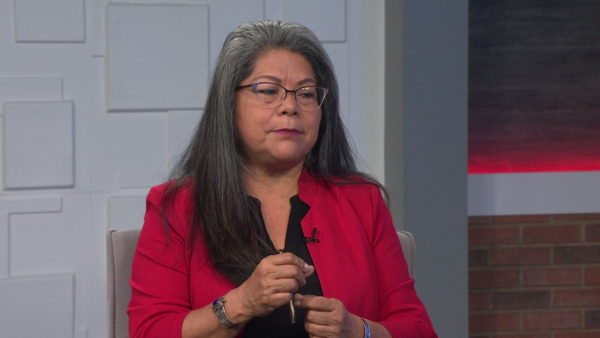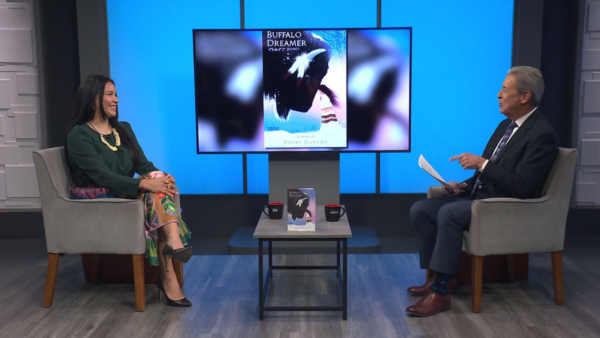One week after Senate Bill 1070 was signed into law, a Pinal County sheriff’s deputy was shot while on patrol in the desert. He was shot, allegedly, by drug smugglers. However, questions have been raised about the validity of the shooting. Paul Rubin of the Phoenix New Times explains the latest developments in this story.
Ted Simons:
Just one week after SB 1070 was signed into law, a Pinal county sheriff's deputy was shot while on patrol in the desert. He was shot, allegedly, by drug smugglers. Almost immediately, questions were raised about the validity of the shooting. The Phoenix new times has been following the story closely. Here to talk about the shooting of deputy PUROLL is new times reporter Paul Rubin, who has been doing the story on this and doing great work. Who is Louie PUROLL?
Paul Rubin:
He's a veteran range deputy from Pinal county who has the task for many years of really patrolling this wide mountainous desert terrain, about 50 miles from where we're sitting right here in downtown Phoenix out in the valley in Pinal county.
Ted Simons:
What did he say happened in that part of the desert?
Paul Rubin:
He said that on the afternoon of April 30th, he was just out there, kind of by himself, with no bulletproof vest on, no police radio, some other stuff that came into question later on, and he happened to see five or six guys walking up a trail that's used quite often for human smuggling and also drug smuggling to some degree, and he said that they were carrying large backpacks that he thought were full of marijuana, didn't see any weapons, followed them for a couple miles, walked over a ridge after they disappeared, and then by his account was shot by an AK 47 bearing individual who wounded him, grazed him in the left flank.
Ted Simons:
So he's trailing a group, he loses them, he finds them, they shoot him. AK 47, direct -- he said it was straight in front of him?
Paul Rubin:
That's what he said, in front of him. It was actually turned out it was 14 feet -- 10-14 feet below him, which is a crucial part in the whole account.
Ted Simons:
OK. Then what happens as far as trying to find these bad guys? What was the response?
Paul Rubin:
He retreats, there's a huge law enforcement response as there would be, 200 people by 14 different agencies, rush out to the desert. You can't rush way out to where they were, because it's mountainous terrain. Four-wheel drive country, and walking up hills. They go to I-8 between Gila Bend and Casa Grande. And there's a huge law enforcement response, they start going into the desert, four helicopters are deployed, they eventually find the deputy after an hour and take him to safety. The hunt, the manhunt continues until dark that night. The smugglers were never found, the five or six smugglers were never found, nor was the dope.
Ted Simons:
You're talking five or six smugglers carrying heavy backpacks, AK 47s,.
Paul Rubin:
Some of them, yeah.
Ted Simons:
And they manage to elude this massive manhunt. Among the questions -- let's get to it, why are folks -- you investigated this, a lot of folks are questioning the story. Why?
Paul Rubin:
Well, from the get-go, I wasn't at all suspicious. I was driving back up from Cochise county, where I was meeting with Sue Krentz, the widow of rob Krentz, who just got hit by a car, tragically, and she's doing OK from what I've heard. But I was driving up and heard it on I-10 about this deputy getting shot out in the desert, and I said, that's terrible. In the days that followed, I'm kind of known, I've been here a long time, 25 years, and I've become known for better or worse as a real pro-cop reporter. I usually -- my bias tends to be to trust the cops until proven otherwise. I started getting calls from my law enforcement sources who said, take a look at this. This thing didn't look right on several accounts to them. So very, very slowly, over four or five months, no rush to judgment whatsoever, I started coming to the conclusion that his story didn't pass muster.
Ted Simons:
In your story, you've got a retired homicide sergeant, not buying it, a forensic psychiatrist not buying it, former medical examiners, not buying it. What aren't they buying?
Paul Rubin:
Different things. From the Dr. Steven Pitt, the forensic psychiatrist, didn't buy it -- some of the behavioral pieces, how the deputy acted afterwards, just typical shrink stuff. But it's been -- came up with some plausible theories about why he might have done it. I didn't go there in my story. This story very important to deal just with facts. I can't get into his mind to know what happened. Two of the forensic pathologists, ESTEEMED gentlemen, both concluded that the gunshot wound was contact wound or near contact wound, which really goes against what the deputy is saying was a 35, 40 yards away, maybe less than that. I tried to give deputy PUROLL every benefit of the doubt because of the adrenaline rush, he's under the fog of war thing, all that stuff. Very, very slowly does it add up to a story that just doesn't make it.
Ted Simons:
Response from the Pinal county sheriff's office?
Paul Rubin:
Sheriff Babeu -- I want to make this point that that whole agency was about the most open and transparent agency I've dealt with in a very high-profile case ever. Their P.I.O., the sergeant, the sheriff himself, I actually enjoyed our interactions, and we're still talking. Even though we're on different sides of the conclusion here. These guys really at least sheriff Babeu gives a strong impression that he truly believes his deputy. And as a byproduct of this whole thing, not to be too cynical, but the sheriff was propelled to national prominence as a result of this incident. No matter what happened out there.
Ted Simons:
I was going to say, your story, the first quote in your story is from a sergeant, it's not about illegal immigration. But almost everything about this story has -- touches of illegal immigration in the sense of how it plays in the public.
Paul Rubin:
The sheriff has milked this thing hard. He's been on fox news talking about, this was the Mexican cartel that gunned down his deputy. However, the deputy himself in his interview with his own agency, wasn't really an interview, more of a monologue. He spoke for 29 straight minutes without a follow-up question. A very dramatic rendition of his -- the K he himself said he wasn't sure if they were Mexicans. He said they could have been Native Americans. He just -- big strong guys, he just wasn't sure. He said they weren't -- didn't look like typical undocumented aliens. It's curious, it's all over the blogs that these guys for sure, if there were these guys, which they disappeared into thin air, these guys were UDAs.
Ted Simons:
Where do we go from sneer a T-shirt is part of it, but how much a factor --
Paul Rubin: it's a piece of the puzzle. It's not --
Ted Simons:
PUROLL's T-shirt.
Paul Rubin:
His bloody T-shirt the county chose not to send in for analysis after the shooting. There's an explanation in the story, some of them are plausible, some are head-scratching. But basically they sent the T-shirt finally as a result of the firestorm caused by the story, they've sent it to DPS to check it out. Now, Ted, it's just one piece of a total bunch of circumstances that led me to conclude that his story, the probability of his story being accurate is very slim. So it's not -- but once again, this is not a reopened case. All the headlines, including my own paper, case reopened, reopened case is you look at every suspect. They're sending a T-shirt in that will tell something. But not everything.
Ted Simons:
So basically, this could end whenever the Pinal county sheriff's office decides it's going to end.
Paul Rubin:
They've decided. They're kind of -- they said last night, it's a closed case. Which, wait, we have -- by their account, the shooting of a deputy, a would-be murder of a sheriff's deputy. The case is never closed. The case should never be closed. But for their -- right from the get-go, I think there was a rush to judgment by them to really get this case behind them and get that deputy back on the road and they believed everything he said right from the get-go.
Ted Simons:
And the fact that it puts illegal immigration, puts that sheriff's department in the spotlight didn't hurt matters.
Paul Rubin:
That sheriff, actually. There's nothing wrong with being ambitious, and there's nothing wrong with coming up with a point of view that you feel strongly about. And I like that view. I've had coffee with him, he's a decent guy to talk to. However, in this one, he's got blinders on. Big-time.
Ted Simons: All right. Great work. Thanks for joining us.
Paul Rubin:
Thanks, Ted. See you.
Paul Rubin:Phoenix New Times;


